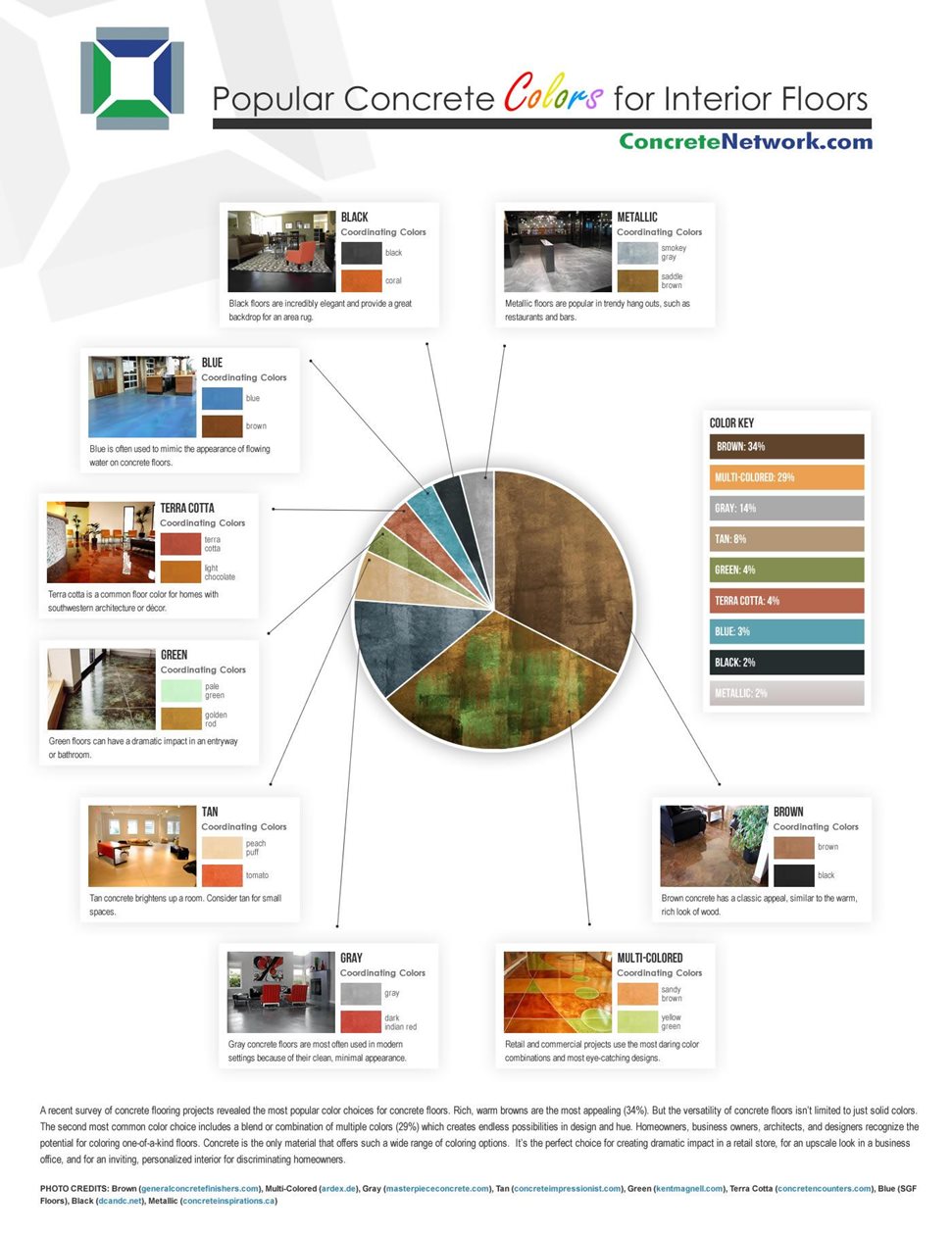How To Allocate Your Floor Covering Job: A Practical Guide
How To Allocate Your Floor Covering Job: A Practical Guide
Blog Article
Authored By-Craven Kamper
When you're preparing a floor covering project, budgeting isn't nearly picking a number; it's about comprehending what you genuinely need and the costs entailed. You'll want to evaluate your certain requirements, study various materials, and prepare for unexpected costs. Think about exactly how aspects like area objective and installation techniques can impact your budget plan. But prior to you jump in, there are some important details you could ignore that could substantially impact your general expenses. Let's check out just how to navigate these complexities and guarantee your job remains on track.
Assessing Your Floor Covering Demands
Before diving right into your flooring project, it's essential to analyze your floor covering requires. Beginning by taking into consideration the specific areas where you intend to install brand-new flooring. Think about the purpose of each space. For instance, bathroom and kitchens require waterproof products, while living locations might take advantage of comfort and appearances.
Next off, review the existing conditions of your floors. Are there any kind of architectural concerns, such as uneven surface areas or moisture problems? Resolving concrete coatings companies can save you time and money down the line.
Additionally, bear in mind of the measurements of each space to determine how much flooring you'll need.
Do not forget to consider your lifestyle. If you have pet dogs or young children, longevity could be your top concern, while a much more official space might call for an extravagant coating. Furthermore, think of your layout choices. Do you prefer a timeless look, or are you drawn to modern designs?
Lastly, be realistic about how much upkeep you're willing to commit to. Some materials call for more maintenance than others. By comprehending your demands plainly, you'll be much better equipped to make informed selections as you move forward with your floor covering project.
Estimating Expenses and Materials
Estimating expenses and materials is a pivotal action in your flooring project that can substantially influence your total spending plan. Start by measuring your area accurately to establish how much floor covering you'll need. For a lot of products, you'll locate rates by square foot, so accumulate quotes from numerous providers to obtain a sensible number.
Next, consider the type of floor covering you desire. Alternatives like hardwood, laminate, tile, or rug all come with different price points. Research the costs for each and every and consider any kind of extra materials like underlayment, sticky, or transition strips.
Don't neglect to include tools if you're planning a do it yourself installation, as renting or buying equipment can include in your expenditures.
Labor expenses are one more vital consideration. If you're employing professionals, get quotes from several professionals to ensure you're getting a fair rate. Be clear concerning the scope of job to avoid unexpected costs later.
Lastly, mouse click the next web site to set aside a little percentage of your budget for any kind of unanticipated expenses associated with products. By completely estimating your expenses and materials ahead of time, you'll set yourself up for a smoother and much more convenient floor covering job.
Planning for Hidden Expenses
Lots of house owners neglect the covert costs that can develop during a flooring job, which can cause budget plan overruns. To avoid this, you need to prepare for potential added costs.
Initially, consider the problem of your existing subfloor. If it's damaged or uneven, you'll likely need repair work or leveling, which can include dramatically to your total cost.
Next off, think about elimination and disposal costs for your old flooring. Lots of professionals bill additional for this service, so aspect that right into your spending plan.
In addition, do not forget the expenses of underlayment, which may not be consisted of in the preliminary quote yet are essential for an effective installment.
You should also prepare for unanticipated issues, such as plumbing or electrical work if your flooring job entails moving fixtures. It's smart to reserve at least 10-15% of your overall allocate these unforeseen costs.
Finally, keep in mind that licenses may be required for certain installations. Constantly check local guidelines to avoid penalties or hold-ups.
Conclusion
Finally, budgeting for your floor covering task is crucial for an effective end result. By examining your demands, estimating costs, and planning for surprise costs, you'll stay clear of surprises and remain on track. Remember to reserve a section of your budget for unexpected costs and maintain an in-depth malfunction of your expenditures. With cautious planning and consideration, you'll create a beautiful area that satisfies your demands without breaking the financial institution. Pleased floor covering!
